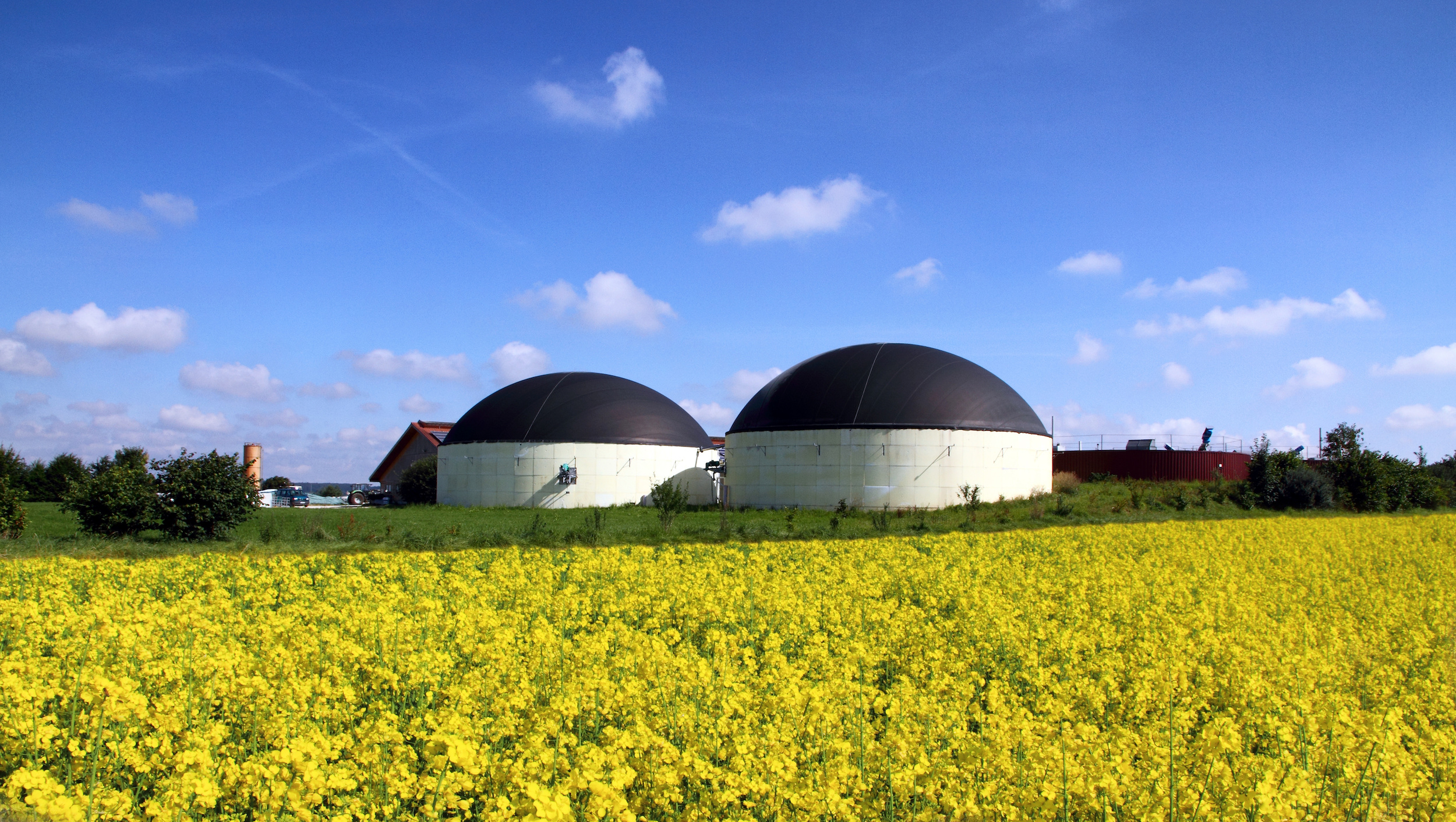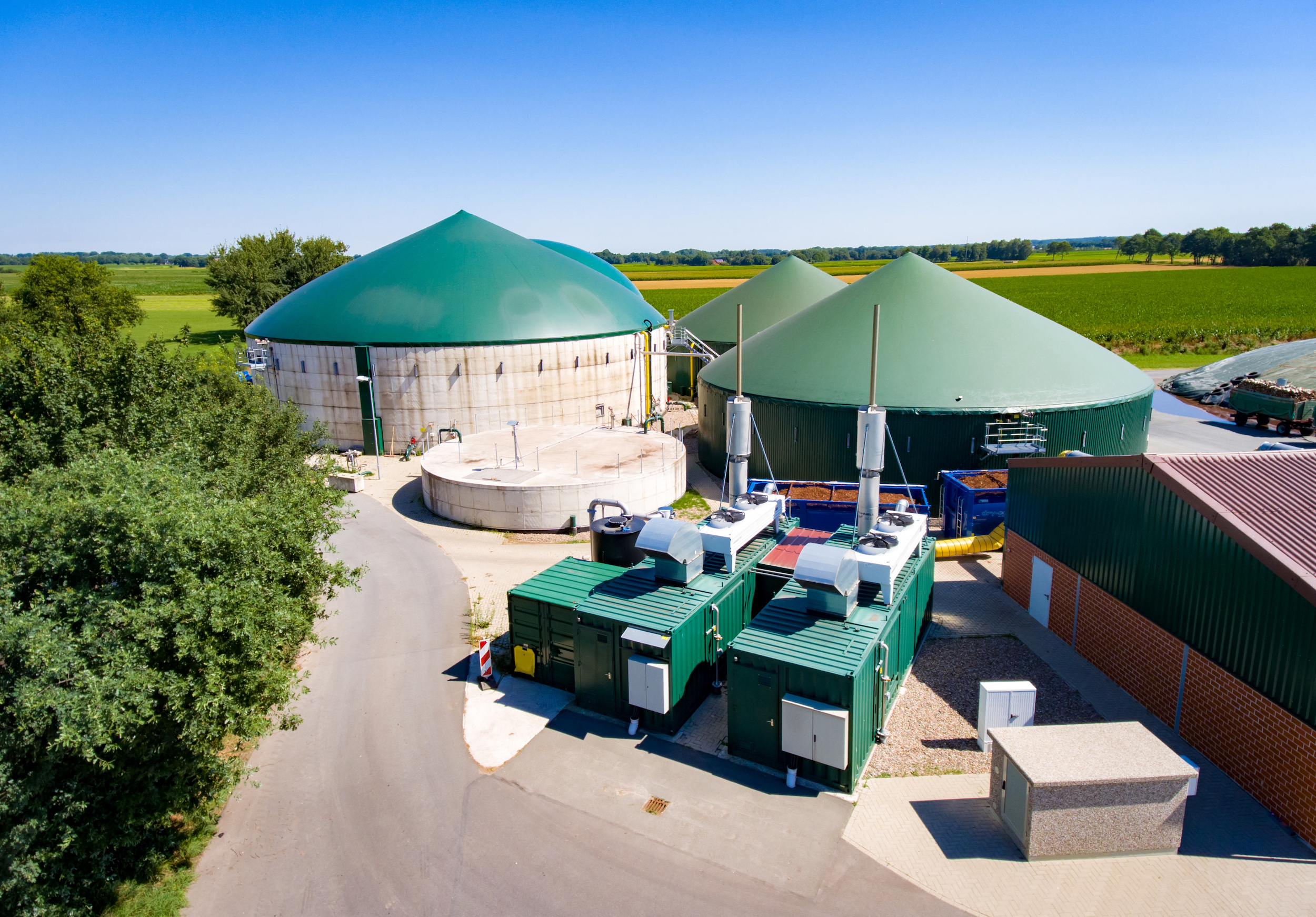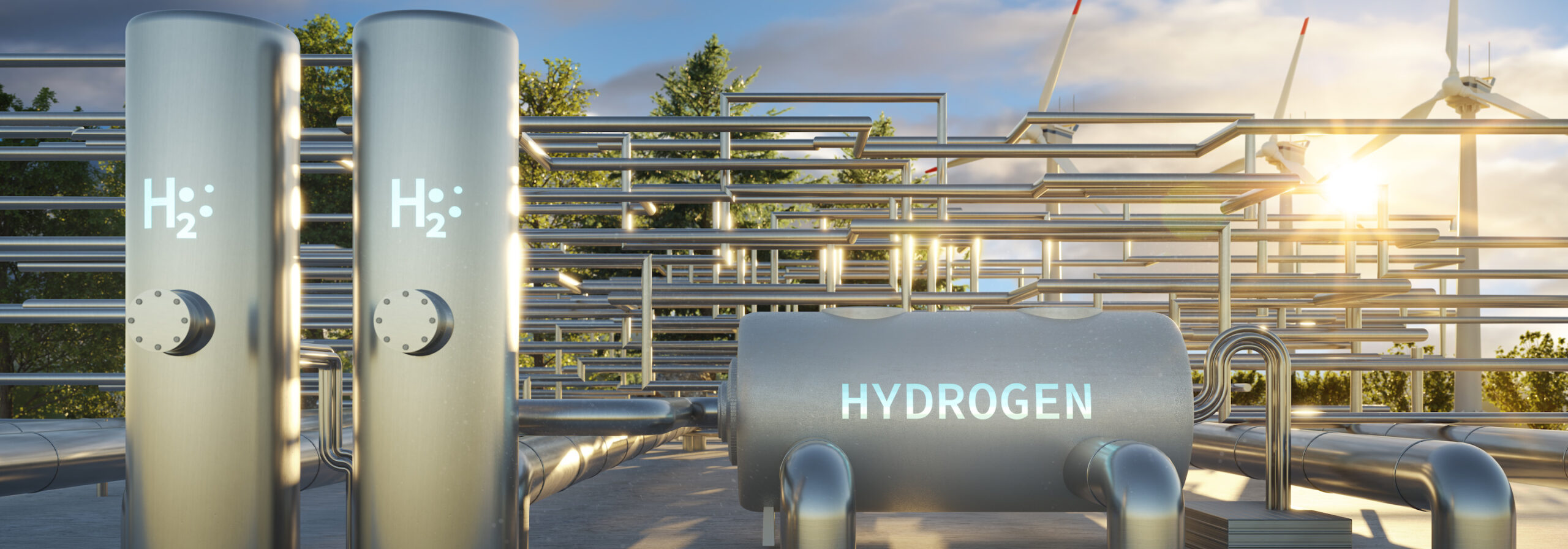How Much Green and Blue Does the EU Hydrogen Strategy Provide for?

The EU Commission has presented its European Hydrogen Strategy in Brussels. The ambitious goal is to successfully roll out the EU Hydrogen Strategy by 2050. As a key element of the energy transition, hydrogen is thus set to play an important role in the European energy supply and is considered a huge opportunity for a sustainable industry and society.
To achieve the political goal of climate neutrality in Germany and in the EU, fossil fuels need to be abandoned entirely in the next three decades. As the greenhouse gas reduction from today until 2050 will also have a major impact on the climate change, all greenhouse gas emissions need to be reduced significantly as soon as possible.
Speedy Replacement of Fossil Fuels Is a Must
Fossil fuels need to be saved by means of energy efficiency measures and through replacement with renewable energies. As the potential of sustainable biomass is limited and competes with food cultivation and nuclear energy is not an option—at least not in Germany—fossil fuels mainly need to be substituted with renewable electricity and energy sources based on renewable electricity.
As far as technically possible and economically viable, renewable power is directly used in heat pumps and heat networks or for the generation of process heat in the industry. However, there are some applications—such as aircraft, ships, the basic chemical industry, and refineries—where this currently appears to be impossible in view of the required energy density or technical reasons. This is where green hydrogen and green synthetic products produced with the help of such, e.g. methane and methanol, come in. Therefore, green hydrogen represents an important element of the energy transition and has become a focal point of interest of the German and European climate policies.
Green Hydrogen: Key Element of the Energy Transition and the “Oil of Tomorrow”
In conjunction with carbon capture, use, or storage (CCUS), the continued use of fossil fuels does not conflict with the principle of climate neutrality. At present, this is being discussed intensively with regard to “blue” hydrogen.
Blue hydrogen is gray hydrogen (gained from fossil fuels) that is produced in conjunction with carbon capture storage (CCS). However, the carbon dioxide that is emitted during the electrolysis is separated and stored. The carbon dioxide generated during hydrogen production does not get into the atmosphere and can be considered carbon-neutral in the balance sheet.
Green hydrogen is different. Here, only power from renewable energies is used for the electrolysis of water. Regardless of the electrolysis technology employed, the production of hydrogen is free of carbon emissions, as the utilized power comes exclusively from renewable sources.
“The future belongs to green hydrogen alone”, said Anja Karliczek (CDU), the departing Federal Minister of Research, in an interview with “Handelsblatt”, which had been published on February 6, 2020. She urged: “As far as the National Hydrogen Strategy is concerned, we should think green, global, and big.” In this age of climate change, she considers hydrogen to be the energy source of the future.
Anja Karliczek continued: “The transition to hydrogen appears to be the only possibility to keep the large energy-intensive industries that emit a lot of carbon dioxide, such as the chemical and steel industries, in our country.” This is because increasing carbon prices mean more pressure on companies to reduce their emissions. With the help of hydrogen, it is possible to reduce or substitute carbon emissions, thereby making a significant contribution to the energy transition.
Ambitious Goals to Be Reached by 2030
With the help of its Hydrogen Strategy for 2030, the EU intends to create electrolyzers with a capacity of 40,000 MW for a green hydrogen production capacity of about 10 million t/year by 2030. This requires investments of €430 billion. Electrolyzers with a total output of at least 6,000 MW and a hydrogen production capacity of up to 1 million t/year are to be established by 2024.
By 2030, some 176 electrolysis projects are to be rolled out in the 27 EU Member States for the establishment of production capacities in the gigawatt range. Within the scope of its Hydrogen Strategy, the European Union plans on investing at least €470 billion in preferably renewable hydrogen production in the coming three decades, including some €340 billion in the construction of PV and wind power plants. Production capacities with an output of 80 GW are to be established for green hydrogen by 2030. Ukraine could become an important partner in the field of hydrogen production.
For this purpose, the EU has founded the European Clean Hydrogen Alliance (ECH2A), which comprises more than 1,460 companies, organizations, and ministries. The members plan and roll out projects that add up to a hydrogen production capacity of 8.97 million t in 2030. Of this figure, electrolyzers from renewable power account for 84 percent, methanation plants for 15 percent, and systems for the production of hydrogen from biogenic substances for 1 percent. Some 239 projects concern industrial hydrogen applications, 379 projects the field of transportation, 191 the energy industry, and 89 the construction industry.
According to Jorgo Chatzimarkakis, Secretary-General of Hydrogen Europe, hydrogen produced with the help of solar energy in the European HyDeal project is to be transported at competitive prices from the Iberian Peninsula to Spain, France, and Germany. He explains that in the EU countries, some 176 electrolyzer projects are to be rolled out by 2030, and more than 230 power-to-hydrogen projects with a capacity of approximately 136 GW by 2040. What is more, Ukraine could become an important partner for Europe. By 2030, green hydrogen production capacities amounting to 10 GW are to be set up in Ukraine, and the existing gas transmission networks can be used for the transport to Europe. In this way, Ukraine will be able to develop from a mere gas transit country into a production location for green gas and green hydrogen.
Experts Project Sinking Production Costs
So far, the costs for the production of green hydrogen—which amounted to €4.75/kg last year—have been a major hindrance. However, experts are confident that lower electrolysis costs, inexpensive power generation from PV and wind power plants, and increased green hydrogen production will reduce the production costs. Chatzimarkakis, Secretary-General of Hydrogen Europe, hopes that the costs will drop to levels below €3/kg by 2030 and to levels far below €2/kg by 2050. To that end, he stresses the importance of promoting the market ramp-up of hydrogen in the coming years by eliminating regulatory obstacles, by means of financial and other incentives such as ambitious carbon pricing, and by massively expanding PV and wind power plants.
Generating Demand for Green Hydrogen
To buffer the currently existing extra costs especially for green hydrogen and to support a fast market ramp-up, Germany’s federal government has instituted or is in the course of elaborating various subsidization programs. For example, the government draws attention to the “Decarbonization of the Industry” program that was launched in January 2021 and the subsidization program for climate protection contracts according to the “Carbon Contracts for Difference” approach, which is to start in 2022. In this context, the steel industry is a key application area.
Therefore, the new federal government needs to speedily evaluate and further develop the National Hydrogen Strategy and become more ambitious as far as the targets and their achievement are concerned. To secure the future of Germany as an industry location, the systematic development of all renewable energies on the basis of binding development goals is vital.
Sources:
https://www.handelsblatt.com/politik/deutschland/anja-karliczek-und-robert-schloegl-hinter-dem-wasserstoff-thema-verbirgt-sich-die-groesste-gelddruckmaschinerie/25507504.html
https://www.handelsblatt.com/politik/deutschland/schluesseltechnologie-forschungsministerium-schiebt-wasserstoff-projekte-an-/26977042.html?ticket=ST-4089873-6r2GfSfMgmiA9OAMUcxI-ap2
https://spiremarketresearch.com/report/global-electrical-energy-storage-ees-market-394585
https://www.bmu.de/fileadmin/Daten_BMU/Download_PDF/Klimaschutz/eckpunktepapier_klimaschutzvertraege_ccfd_bf.pdf
Photo © Alexander Limbach, Adobe Stock
Related articles
Promoting Flexible Biogas Plants to Secure the Energy Supply
For biogas power plants to be used in a flexible way whenever there are power shortages in the near future, the plants need to be flexibilized. To make this economically viable, plant operators need government incentives.
Bioenergy: Key Success Factor at a Turning Point in History
In the face of the ongoing gas crisis, biogas is capable of delivering an important contribution to energy security in Germany. To scale the biogas production to the required level, however, new plants need to be built and existing capacities need to be ramped up as soon as possible.
Energy Generation in Wunsiedel: Decentralized, Autonomous, Sustainable
The Wunsiedel energy park produces heat and power from renewable energies for the local population. To store the green electricity generated, the park’s electrolysis plant produces green hydrogen, which is converted into electricity whenever needed, thus guaranteeing security of supply.




Latest Comments